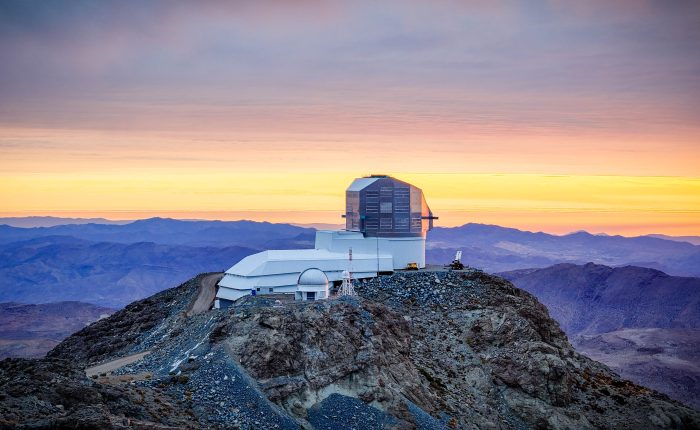The Giant Magellan Telescope (GMT) Organisation have announced the release of the 2018 Science Book describing GMT’s strengths and its potential for scientific discovery.
The book describes the transformative impact that GMT will have on areas spanning observational astrophysics—from exoplanets around neighboring stars to the formation of the first, most distant stars, galaxies, and black holes in the universe. It also describes the GMT itself, explaining its unique design and capabilities, including the first-generation instrument suite that has been chosen to maximize the GMT’s scientific impact during early operations.
The book describes the transformative impact that GMT will have on areas spanning observational astrophysics—from exoplanets around neighboring stars to the formation of the first, most distant stars, galaxies, and black holes in the universe. It also describes the GMT itself, explaining its unique design and capabilities, including the first-generation instrument suite that has been chosen to maximize the GMT’s scientific impact during early operations.
The Science Book can be downloaded in pdf format from the GMTO website.



